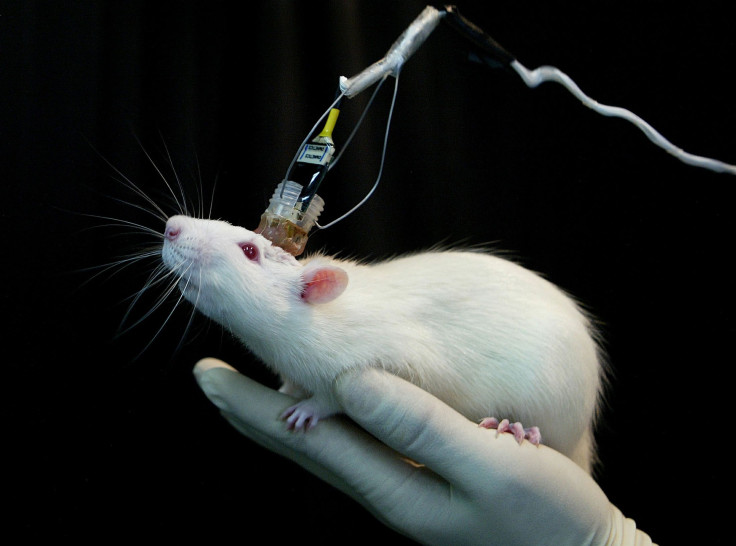New mouse brain map highly effective to identify origins of mental illness

A new highly detailed model of mouse brain connectivity has been released by scientists that could provide generations of neuroscientists identify problems in the diseased brain and origins of mental illness, such as depression and schizophrenia. The new model, the scientists say, can be effective and directly applied to human studies.
The researchers of the study, published in the journal Cerebral Cortex, created the map of brain circuitry through MRI scans of the brain of a healthy mouse, at a resolution more than 100,000 times better than the conventional clinical MRI. The scans provided more than 1,000 times more precise set of data than previous diffusion MRI scans of the mouse brain.
With over thousands of experiments every year with mice, the knowledge about the connection between genetics and corresponding human disease may improve because of the new, far more precise model of the mouse brain, said G. Allan Johnson, director of the Duke Centre for In Vivo Microscopy. Examining brain connectivity in genetically modified mice to mimic human disease can help experts to better identify problems in the diseased brain and apply the knowledge directly to humans.
"Prior approaches to provide maps of the mouse brain have relied on fluorescent dyes injected into the brain," which was a time-consuming process, Johnson said. Unlike the new method, the previous approaches used to cut the brain in thin slices, digitised and put back together again in a computer to analyse the brain.
However, high-resolution MRI images have difficulties, the researchers said. Producing scans of even a tiny mouse brain at a close detail creates an intimidating amount of data, which has made a project in the past impractical. But to date, the development of high-powered computers has aided scientists to capture, store and mathematically manipulate the data to create large 3-dimensional, digital models.
"This study mapping the connectivity of the mouse brain at high resolution could potentially have a profound and far-reaching effect on the neuroscience research community," said Richard Conroy, director of the Division of Applied Science & Technology at the National Institute of Biomedical Imaging and Bioengineering. The result can dramatically improve the ability of scientists to resolve the connections between different regions of the brain that may lead to more accurate neuroscience data and fewer inferences, he added.
Conroy said that due to the brain's complexity, the research team are still exploring how it is organised. The team is currently creating an online portal for scientists around the world to access the full directory of digital files to guide their own research into mouse neurocircuitry.
Contact the writer at feedback@ibtimes.com.au or tell us what you think below.




















